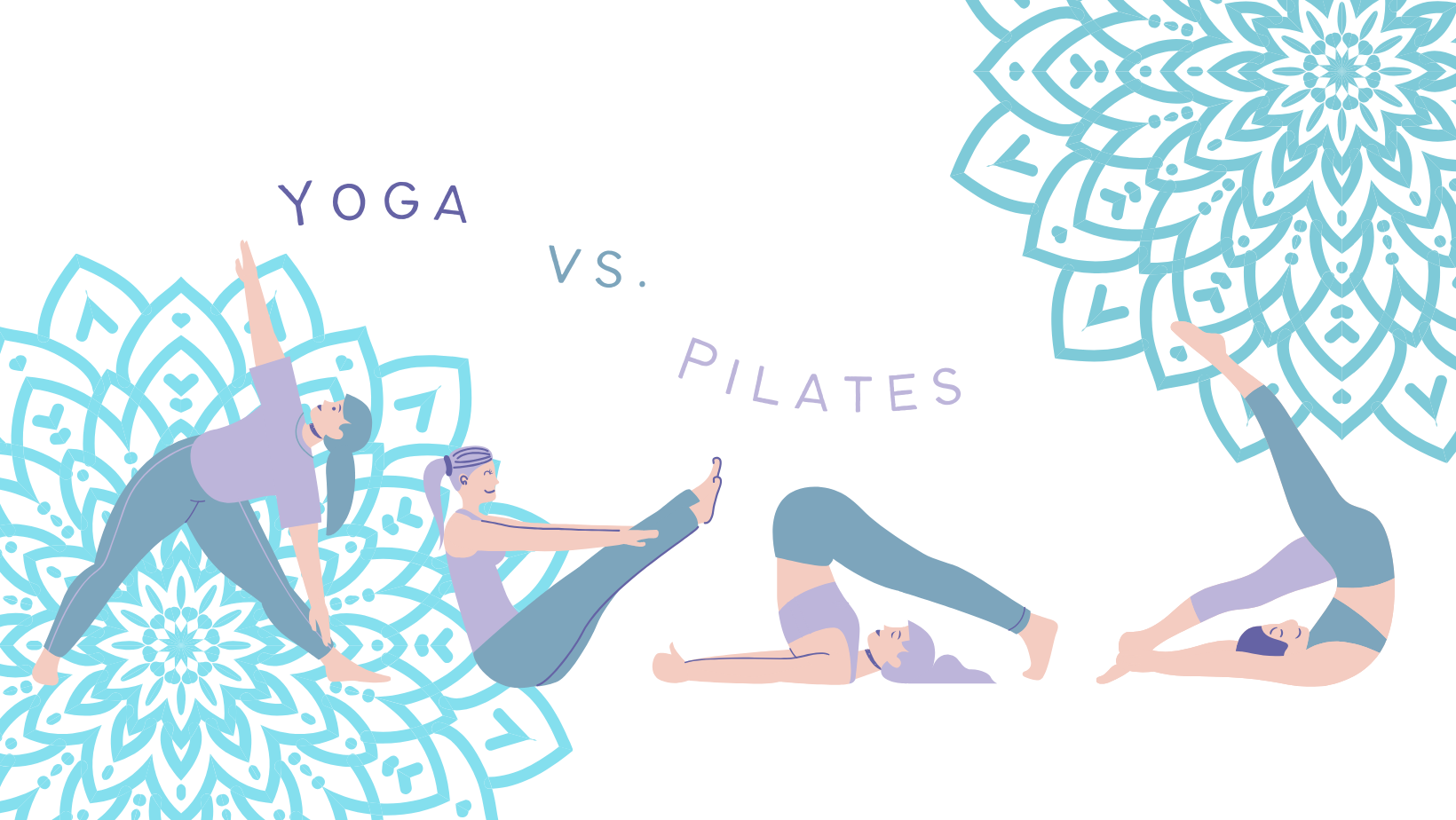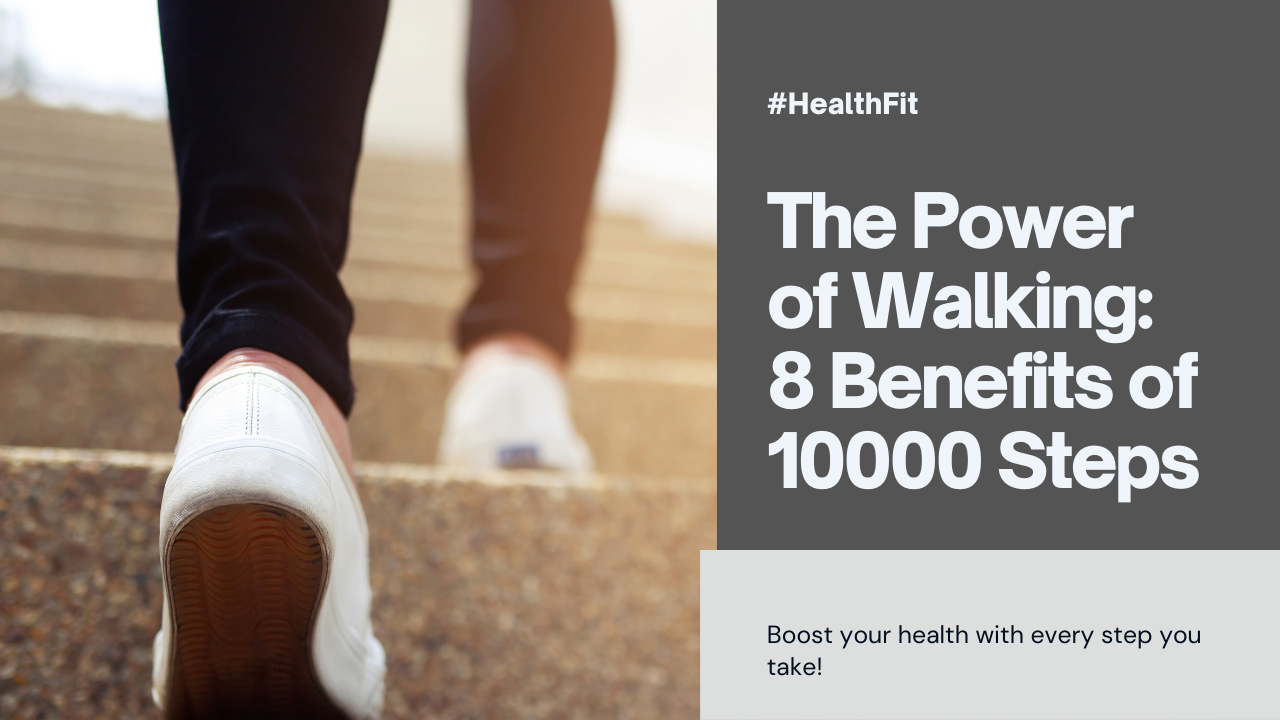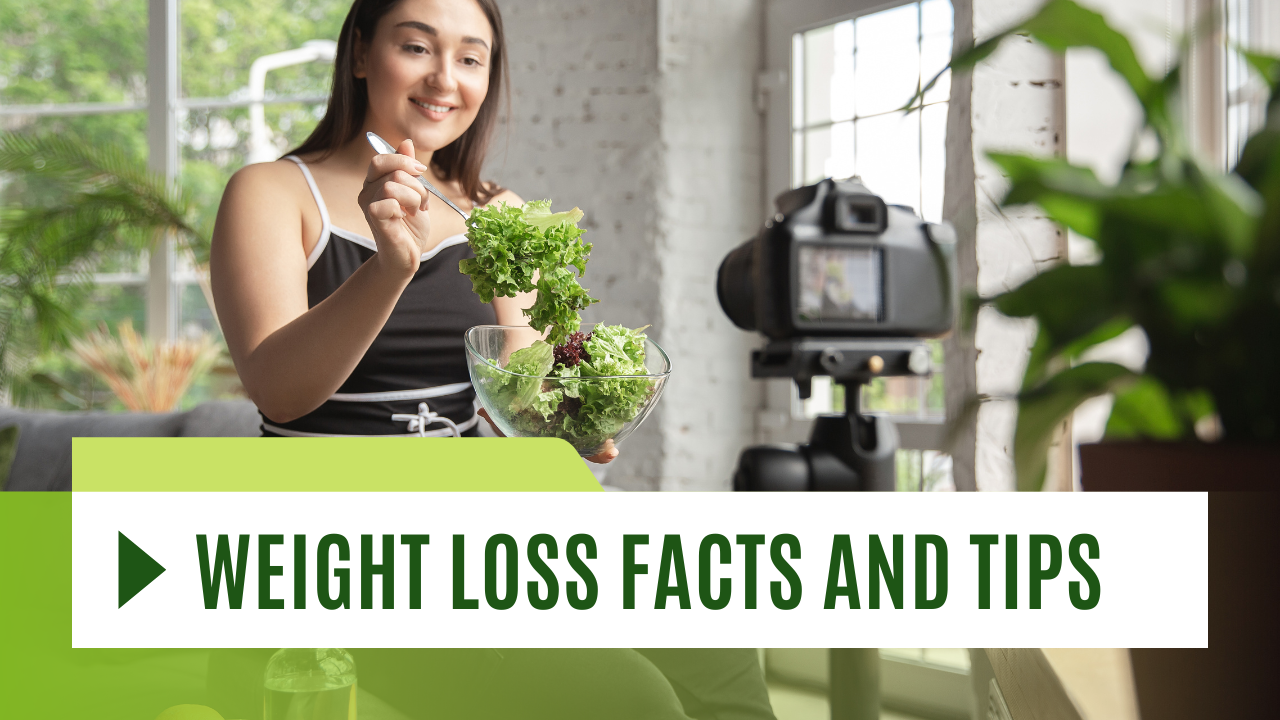Discover the differences between Yoga vs. Pilates, and explore their unique benefits for mind and body. Find out which practice suits you best!
Yoga vs. Pilates
Yoga and Pilates are like two different paths to feeling great in your body and mind. They have some similarities, but they’re also quite different. Here’s a closer look at each:
| Aspect | Yoga | Pilates |
|---|---|---|
| Origins | Comes from India thousands of years ago. It’s super old! | Created in the 20th century by a guy named Joseph Pilates. It’s a bit newer. |
| Philosophy | Yoga is about connecting your mind, body, and spirit. It’s like a big hug for your whole self. | Pilates is more about getting your body strong and moving better. It’s like a workout for your muscles. |
| Moves | Yoga has lots of different moves, like stretching, breathing, and holding poses. | Pilates has special exercises you do on a mat or with machines. They focus on making your muscles strong and your body balanced. |
| Styles | There are so many types of Yoga, like Hatha, Vinyasa, and more. Each has its own flavor. | Pilates can be done on a mat or with machines like a reformer. You can pick the style that suits you best. |
| Benefits | Yoga helps you bend and stretch easier, get stronger, and feel calmer in your mind. | Pilates makes your muscles strong and toned, improves your posture, and helps you move better in your daily life. |
Benefits:
Yoga:
- Flexibility: Makes it easier to bend and stretch your body. You might touch your toes like it’s no big deal!
- Strength: Helps your muscles get stronger, but not in a bulky way. You’ll feel strong and graceful.
- Chill Time: Yoga helps you relax and feel calm. It’s like a vacation for your mind.
- Body Connection: Yoga makes you more aware of how your body moves and feels. You’ll feel more in tune with yourself.
Pilates:
- Strong Core: It’s all about your core muscles – your belly and back. Pilates makes them super strong, which helps you stand up straight and tall.
- Toned Muscles: Pilates makes your whole body look and feel toned and sleek. You’ll feel like a superhero!
- Straight Posture: Goodbye, slouching! Pilates helps you stand up straight and move gracefully.
- Flexible Moves: You’ll be able to move your body in all sorts of cool ways. Pilates makes you flexible and nimble.
- Healing Help: If you’ve been hurt, Pilates can gently help you feel better. It’s like a soothing hug for your body.
Yoga vs. Pilates: Exploring Differences and Benefits
Yoga and Pilates are both low-impact workouts that utilize bodyweight resistance. Let’s explore their differences and benefits:
- Pilates:
- Developed by Joseph Pilates after World War I, Pilates was initially used for rehabilitating wounded soldiers.
- Key benefits include increased muscle strength and endurance, improved flexibility and posture, enhanced balance, and reduced joint pain.
- Pilates focuses on small, controlled movements that engage essential stabilizing muscles in the back and core.
- It can be done on a mat or specialized equipment that uses springs, levers, and body weight for resistance.
- Evidence suggests that Pilates may be beneficial for conditions like arthritis, urinary incontinence, respiratory issues, and joint injuries.
- Yoga:
- Yoga’s exact origins are unknown, but it has been practiced for at least 3,000 years.
- Rooted in shamanism, Buddhism, and other Eastern religions, yoga centers around five beliefs: proper relaxation, exercise, breathing, diet, positive thinking, and meditation.
- Mindfulness and deep breathing are integral to yoga practice.
- Various types of yoga exist, but most classes involve holding poses and flowing through movement sequences.
- Yoga combines physical activity with mindful focus, increasing awareness of breath and energy.
- Extensive studies have shown that yoga has positive effects on anxiety, depression, multiple sclerosis, arthritis, respiratory conditions, high blood pressure, chronic pain, and type 2 diabetes.
- Similarities:
- Both yoga and mat Pilates can be done with minimal equipment, requiring only a mat and optional props like blocks or Pilates rings.
- Proper breathing during exercise is emphasized in both practices, promoting diaphragmatic breathing (deep into the belly).
In summary, while Pilates targets specific muscle groups and core stability, yoga combines physical activity with mindfulness. Choose the one that aligns with your fitness goals, health conditions, and personal preferences!
Which one is better for flexibility?
Both yoga and Pilates can help you get more flexible, but they do it in different ways:
- Yoga:
- Yoga uses different poses (called asanas) to stretch your muscles.
- These poses make your muscles longer and help you balance.
- Yoga lets you take it slow and stretch more as you get better.
- Breathing and paying attention to your body also help you relax and feel more flexible.
- Pilates:
- Pilates focuses on making your core (your belly and back muscles) strong, but it also helps with flexibility.
- It uses controlled movements to stretch your muscles and make your joints move better.
- Pilates also helps you stand up straight and move smoothly by teaching you the right way to move your body.
In summary:
- If you like moving smoothly and want to work on both your body and mind, try Yoga.
- If you want to get stronger and more flexible while standing taller, try Pilates.
Pick the one that sounds best for you and give it a go!
Some beginner-friendly yoga poses for flexibility
If you’re new to yoga and want to become more flexible, here are some easy poses you can try:
- Eagle Arms Pose (Garudasana):
- Sit down and stretch your arms out wide.
- Cross one arm over the other and wrap them around each other.
- Feel the stretch in your shoulders.
- Bow Pose (Dhanurasana):
- Lie on your belly with your legs straight.
- Bend your knees and reach back to hold onto your ankles.
- Lift your chest and legs off the ground.
- Feel the stretch in your chest and front of your body.
- Bridge Pose (Setu Bandha Sarvangasana):
- Lie on your back with your knees bent and feet flat on the ground.
- Lift your hips up towards the ceiling.
- Feel the stretch in your spine and chest.
- Cobra Pose (Bhujangasana):
- Lie on your belly with your hands under your shoulders.
- Press into your hands and lift your chest off the ground.
- Feel the stretch in your chest and shoulders.
- Fish Pose (Matsyasana):
- Lie on your back with your legs straight and arms by your sides.
- Lift your chest and tilt your head back.
- Feel the stretch in your chest and throat.
- Pigeon Pose (Kapotasana):
- Start on your hands and knees.
- Bring one knee forward and place it behind your wrist.
- Extend your other leg back behind you.
- Feel the stretch in your hips and glutes.
- Cow Face Forward Bend (Adho Mukha Gomukhasana):
- Sit with your legs straight out in front of you.
- Cross one leg over the other and bend forward.
- Feel the stretch in your hips and hamstrings.
- Wide-Legged Seated Forward Fold (Upavistha Konasana):
- Sit with your legs spread wide apart.
- Fold forward from your hips.
- Feel the stretch in your inner thighs and back.
- Crescent Lunge (Anjaneyasana):
- Step one foot forward and bend your knee.
- Reach your arms up overhead.
- Feel the stretch in your hip flexors and thighs.
- Three-Legged Dog (Eka Pada Adho Mukha Svanasana):
- Start in downward-facing dog.
- Lift one leg up behind you.
- Feel the stretch in your hamstrings and calves.
Hold each pose for 5 to 10 breaths and repeat on both sides if needed. With practice, you’ll become more flexible over time!
Conclusion:
So, which one is right for you? It depends on what you’re looking for. If you want a mix of stretching, calming your mind, and feeling good all over, try Yoga. If you’re into getting strong, moving better, and feeling like a superstar, Pilates might be your jam. No matter which one you pick, you’re on the path to feeling awesome in your body and mind!
FAQ’s
1. What are some easy yoga poses to improve flexibility?
You can try beginner-friendly poses like Eagle Arms Pose, Bow Pose, Bridge Pose, Cobra Pose, Fish Pose, Pigeon Pose, Cow Face Forward Bend, Wide-Legged Seated Forward Fold, Crescent Lunge, and Three-Legged Dog.
2. How long should I hold each pose?
Hold each pose for about 5 to 10 slow breaths, which is roughly 15 to 30 seconds. You can increase the duration as you become more comfortable.
3. Can beginners do these yoga poses?
Yes, these poses are suitable for beginners. Start at your own pace and gradually progress as you build flexibility and confidence.
4. Where can I find more information about beginner yoga poses?
You can explore beginner-friendly yoga poses on various websites dedicated to yoga practice. Websites like Yogarove, SweatGuy, Fit&Well, and Yokalp offer helpful guides and tips to get started with yoga for flexibility.





